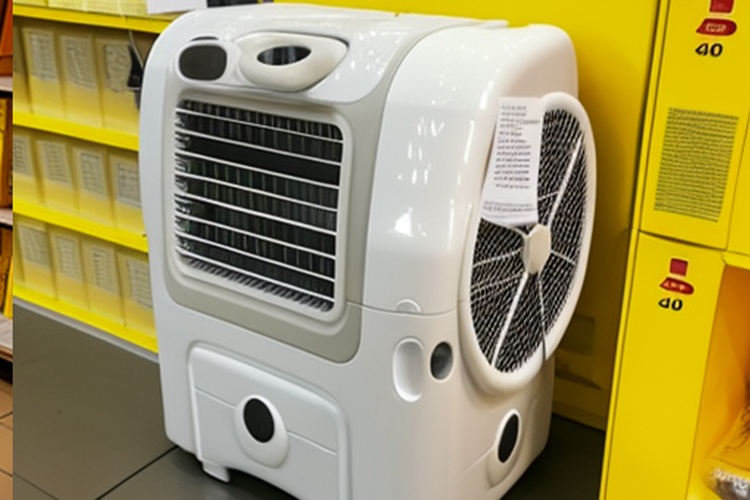How Air Purifiers Improve Indoor Air Quality
Indoor air often contains a mix of dust, pollen, pet dander, volatile chemicals, and microscopic particles that can affect comfort and health. An air purifier is a device designed to reduce these contaminants through targeted filtration and air circulation. This article explains how air purifiers work, the roles of HEPA and carbon filters, how filtration affects indoor air quality, and practical tips for choosing the right unit for your space.

What is an air purifier and how does it work?
An air purifier draws room air through one or more filters or treatment stages and then returns cleaner air back into the room. Most units include a fan, pre-filter to trap large particles, and one or more specialized filters. Some models add ionization, UV light, or photocatalytic stages to address microbes or odors. The effectiveness of an air purifier depends on its clean air delivery rate (CADR), the size of the room, and how long the unit runs. Proper placement—away from walls and elevated off the floor—helps maximize circulation and overall performance.
Can a HEPA filter capture allergens and particles?
HEPA filter technology is one of the most reliable ways to reduce airborne particles. True HEPA filters are manufactured to capture at least 99.97% of particles 0.3 microns in diameter, which includes many common allergens such as pollen, mold spores, and some fine dust. HEPA filters are mechanical filters that trap particles in a dense mat of fibers rather than relying on electric charge. For people sensitive to particles, using an air purifier with a certified HEPA filter and running it continuously in commonly used rooms can reduce exposure and improve perceived air quality.
What role does a carbon filter play?
Carbon filters work differently from HEPA filters: they adsorb gases, volatile organic compounds (VOCs), and many odors. Activated carbon has a high surface area that attracts and holds chemical molecules, helping to reduce smells from cooking, tobacco, paints, and off-gassing furniture. Carbon filters are not effective for capturing fine particulates on their own, so they are often paired with HEPA filters in combined systems. For households concerned about both odors and particles—such as those with smokers, new furnishings, or strong chemical exposures—a multi-stage unit with both HEPA and carbon filtration is a practical choice.
How does filtration influence indoor air quality?
Filtration reduces airborne particle concentration, which directly improves indoor air quality by lowering the load of allergens, some pathogens carried on particles, and dust. Removing particulates can also reduce the chance of particles settling onto surfaces and re-entering the air when disturbed. However, filtration is just one aspect of indoor air quality management: ventilation, source control (reducing emissions from materials or activities), humidity control, and regular cleaning all matter. Filtration is particularly effective at controlling particles; addressing gases and VOCs requires appropriate carbon filtration or alternative strategies like increased ventilation.
This article is for informational purposes only and should not be considered medical advice. Please consult a qualified healthcare professional for personalized guidance and treatment.
How to choose the right air purifier for your space
Start by matching the purifier’s CADR or recommended room size to the space you intend to clean. Smaller bedrooms need less capacity than open-plan living areas. Look for units with a true HEPA filter and a sufficient carbon stage if odors or VOCs are a concern. Consider filter replacement costs and availability—filters should be replaced per manufacturer guidance to maintain performance. Energy use and noise levels matter for continuous operation; many units offer multiple fan speeds and sleep modes. Finally, check for certifications or independent test results and consult local services or retailers in your area for installation tips, warranties, and maintenance support.
Conclusion
Air purifiers can be an effective component of a comprehensive strategy to improve indoor air quality, especially for particle reduction when equipped with a true HEPA filter and for odor/VOC control with a carbon filter. Effectiveness depends on matching the unit’s capacity to room size, routine maintenance, and coupling filtration with ventilation and source control. Thoughtful selection and proper use will help maintain healthier indoor environments for occupants.






